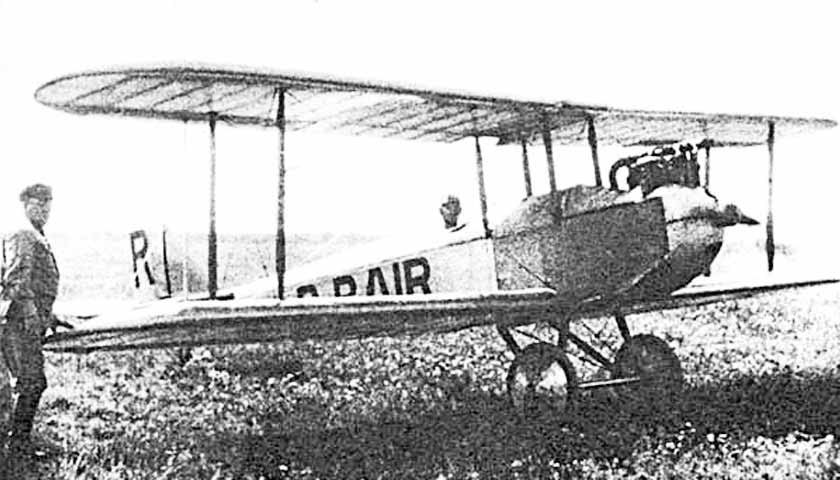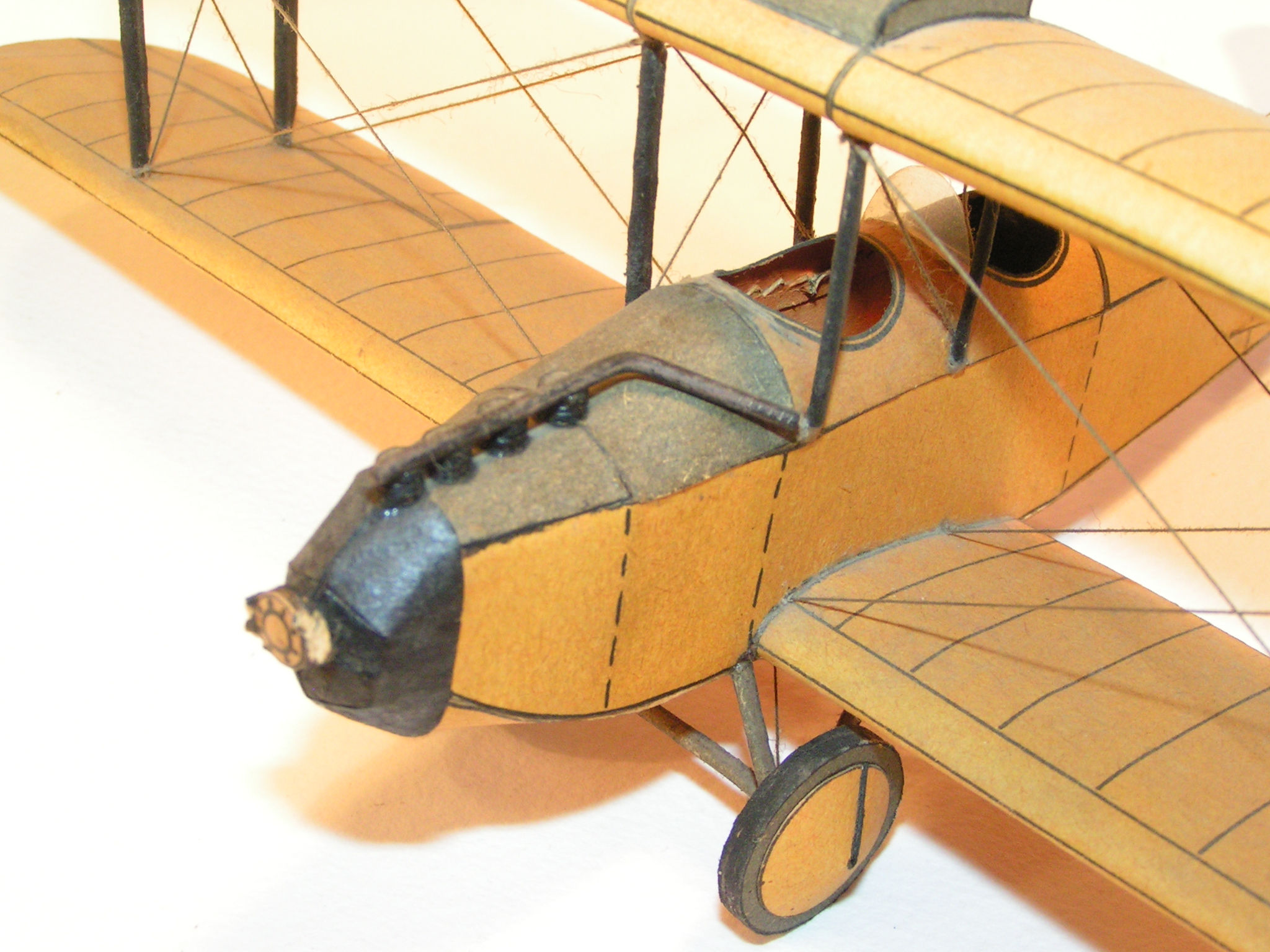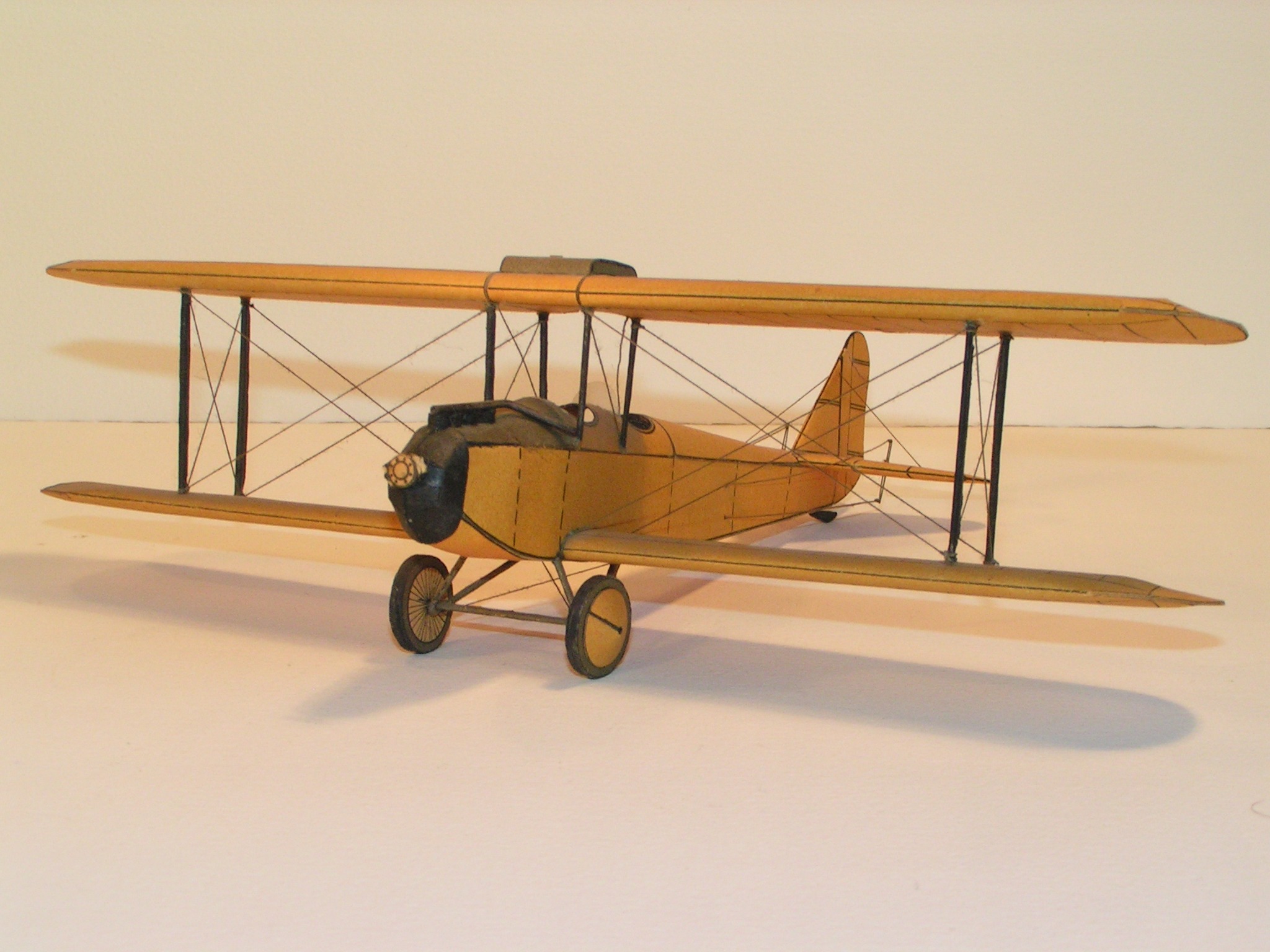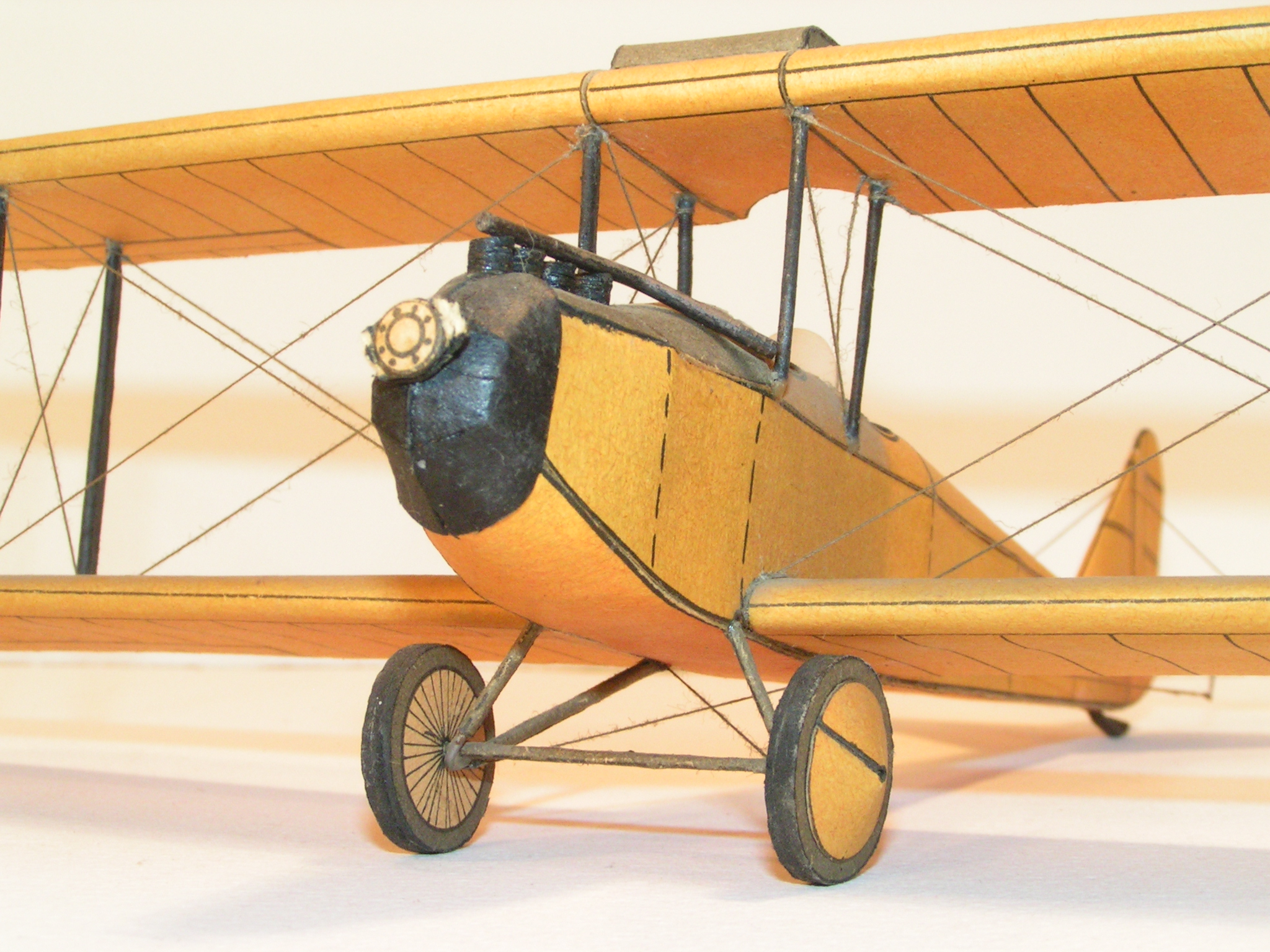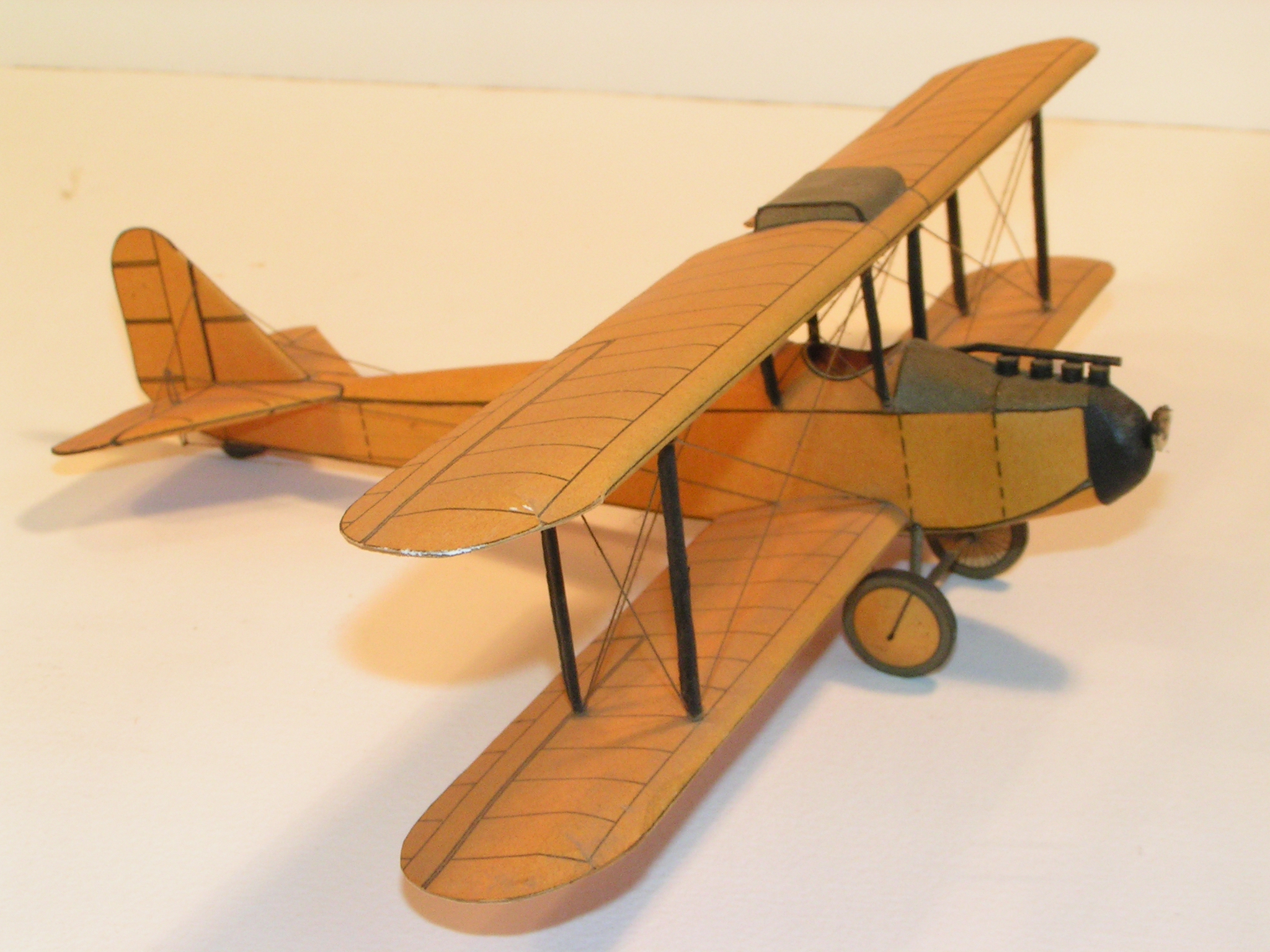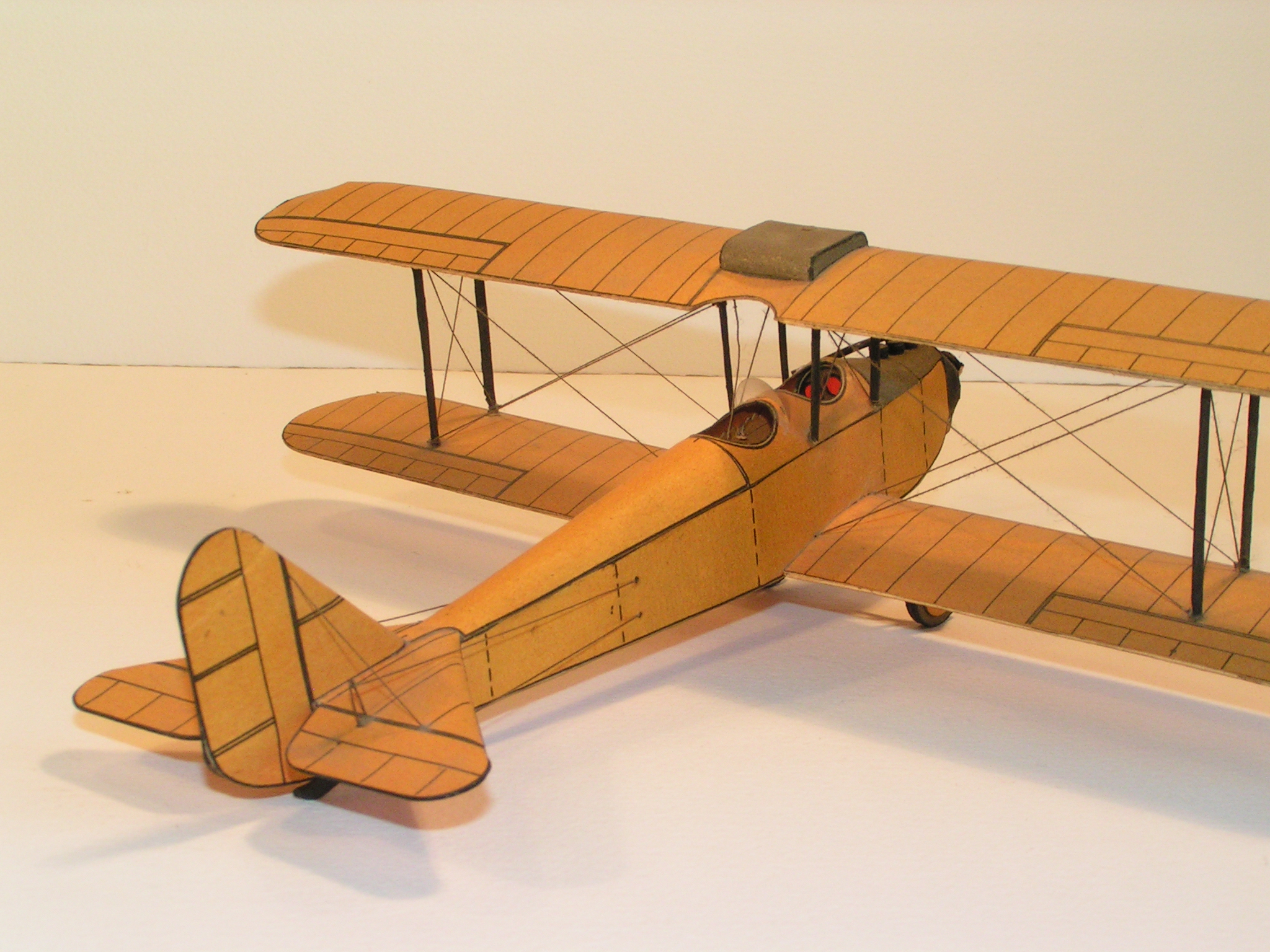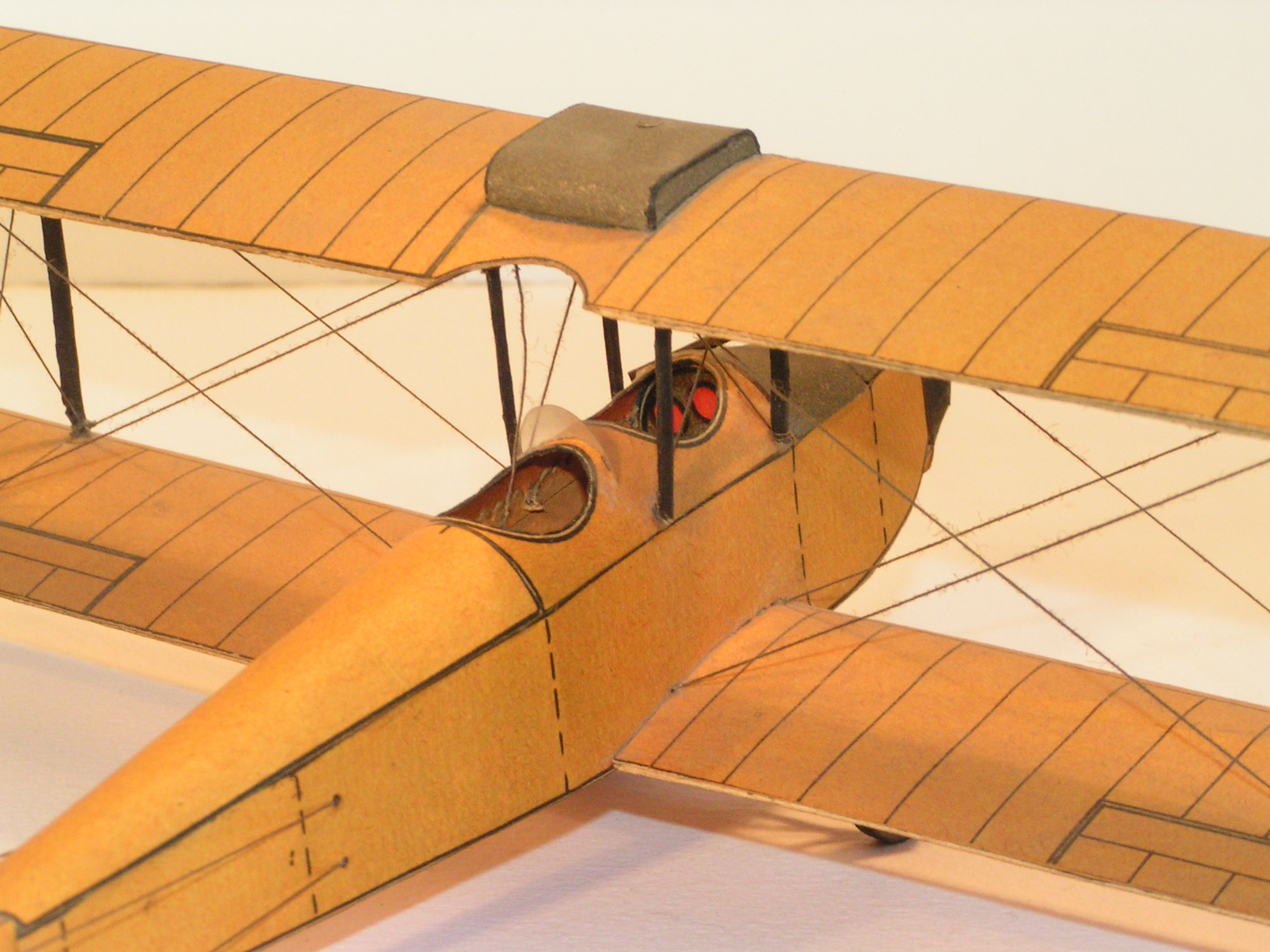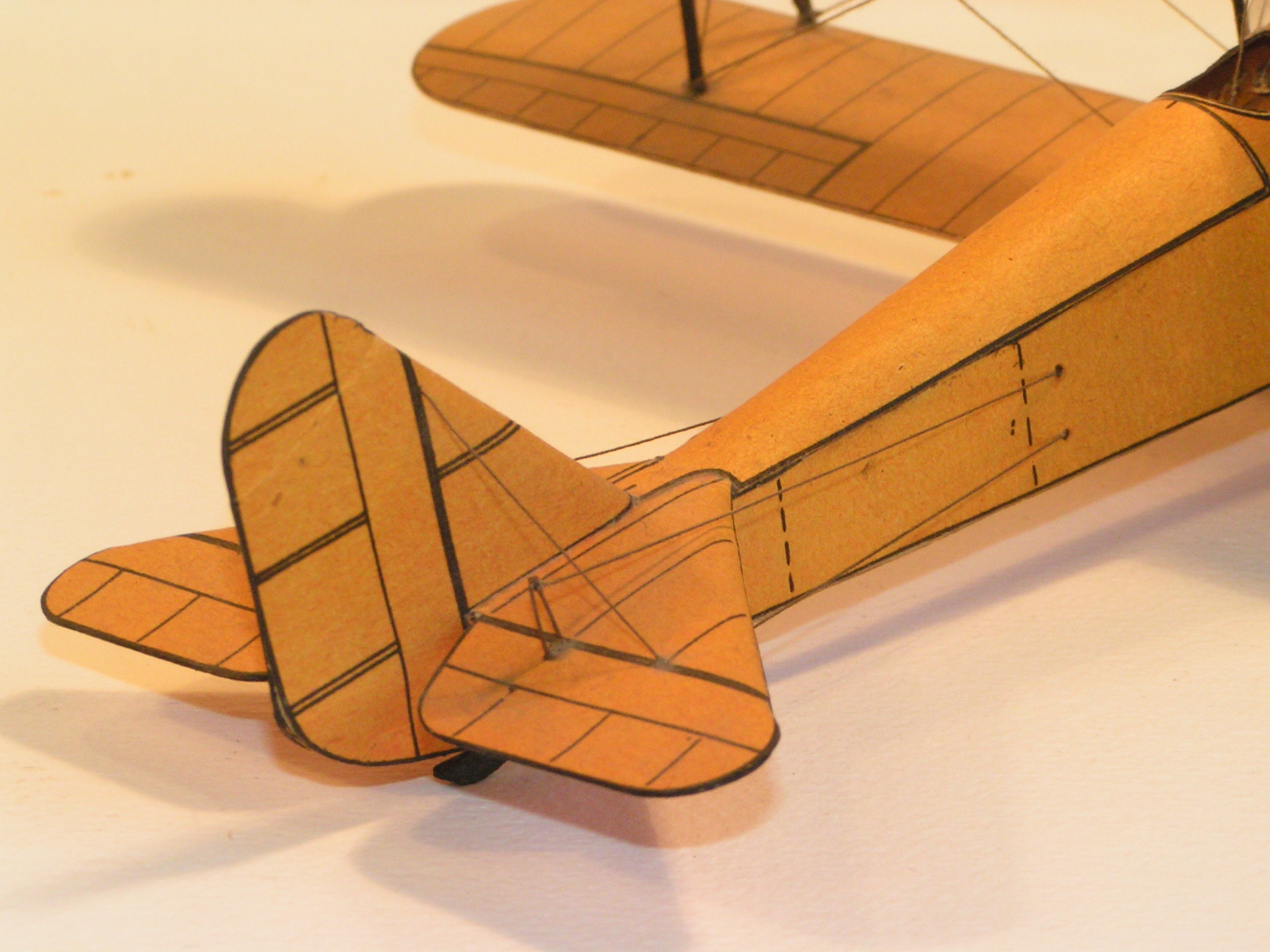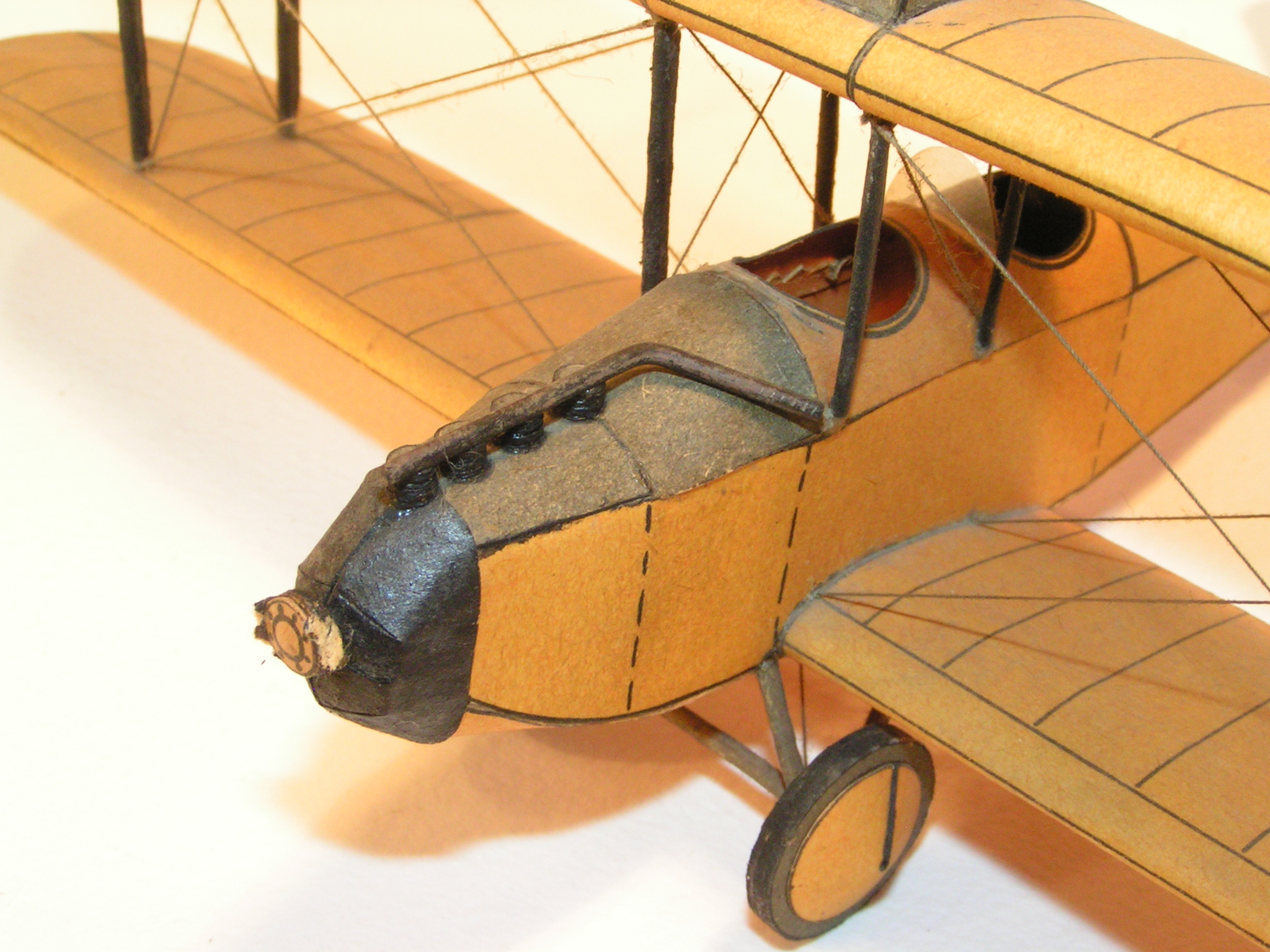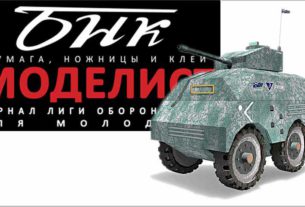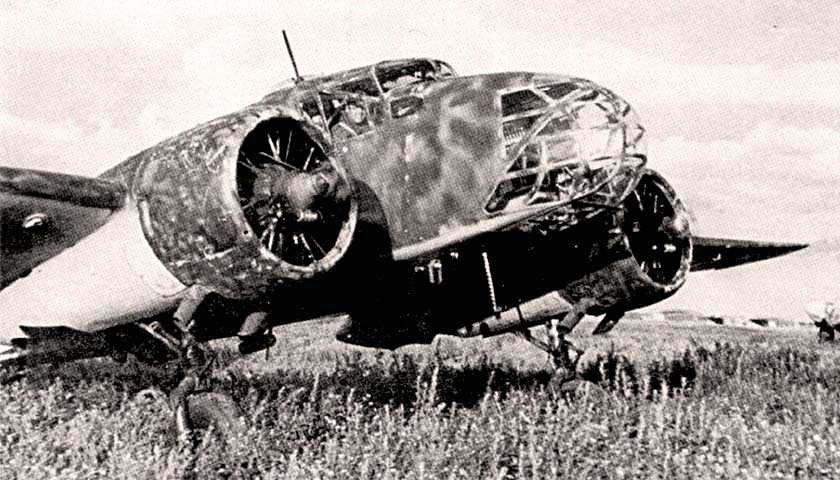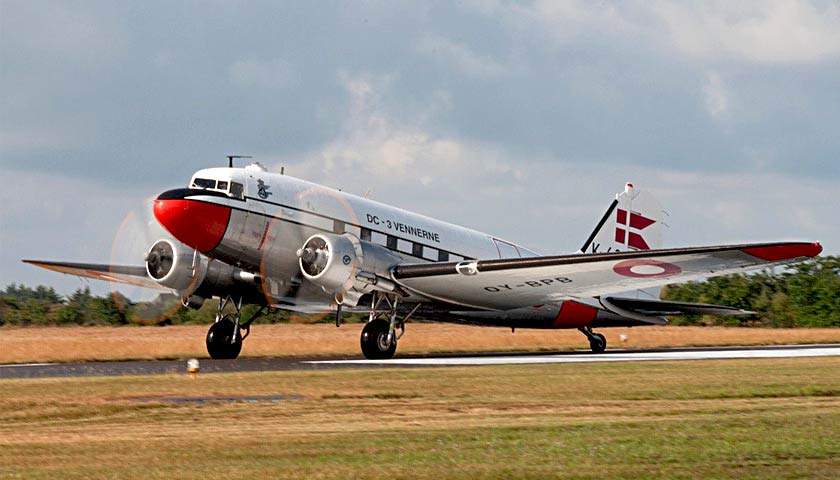The airplane AIR-1 had been designed by A. S. Yakovlev, a young assistant mechanic of the training and flight unit of the Zhukovsky Air Force Academy (VVA), who later became a famous Soviet aircraft designer. This was his first aircraft – a two-seater biplane of a very simple design, mostly made of wood. It received its name after the Soviet functionary who served as Minister of Internal Affairs and Prime Minister. Yakovlev liked to be a friend to soviet officials. Many officials had been shot in 30-th, but Yakovlev remained alive.
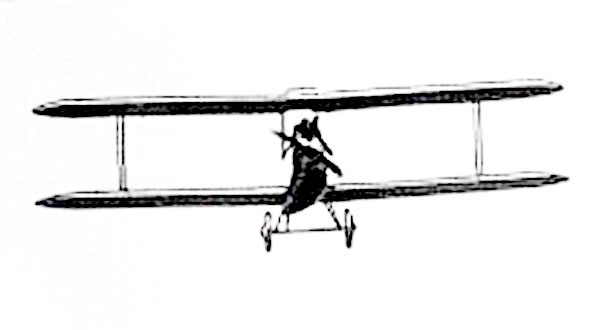
The plane was equipped with an English engine “Cirrus” with a capacity of 60 liters. Yakovlev independently performed strength calculations and all working drawings. This was the time of his formation as an aircraft designer.
The project was approved and funding was received for it. The car was built by a group of enthusiasts, mainly mechanics of the VVA flight training unit, which later became the core of Yakovlev’s design bureau.
The entire construction took eight months, and by May 1, 1927, the aircraft was completed and transported to the Central Airfield. The first test flight took place on May 12 and was a great success. The plane was tested by Yulian Ivanovich Piontkovsky. So May 12, 1927 became the birthday of the design bureau of A. S. Yakovlev.
AIR-1 is a double brace single-post biplane made of pine and plywood. The cockpits of the pilot and the passenger are open, the construction is all-wood, assembled on glue and nails.
The fuselage is formed from four pine spars reinforced with struts and braces. The front part of the fuselage and the tail section are sewn up with 2.5 mm plywood.
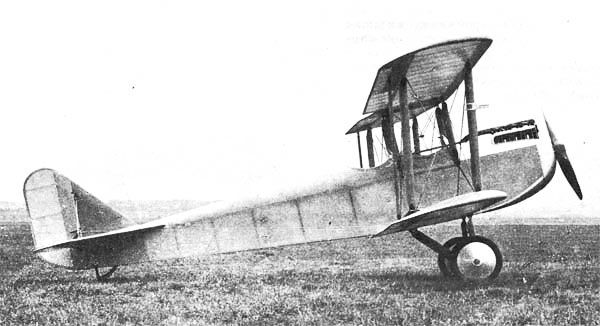
There was no canvas over the plywood sheathing. The tail section of the fuselage is covered with a canvas. The ash blocks are mounted on two 15 mm plywood frames. Wooden wings, braced with internal wire crosses. The structure consists of two box spars, struts and ribs. Truss ribs made of 5×8 mm slats. The leading edge is sheathed with plywood up to the side member. A pine lath is laid along the trailing edge. Wing profile “Prandtl” (“Göttingen”) 387.
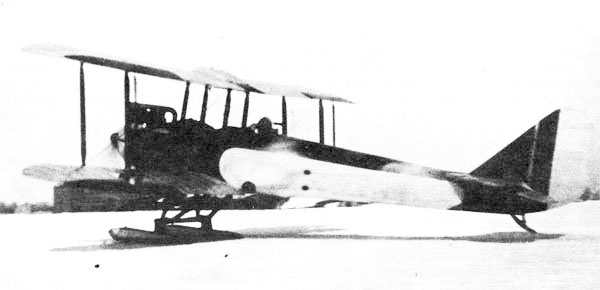
The elliptical ends of the wings are curved on a template and glued from thin strips of wood. Ailerons are suspended on piano hinges. The upper and lower ailerons are interconnected and have a rigid thrust rocker. The stands of the biplane box are wooden, one-piece, brace straps are metal.
The tail unit is wooden, lightweight and durable, braced with steel wires to the fuselage. The stabilizer could be reinstalled along the corner. The bow of the rudders and ailerons is a plywood box, very rigid and streamlined.
Fixed chassis, made of V-shaped steel pipes with a section of 30×27 mm with wooden fairings, designed for rough landings; the wheels are connected by an axle. A shock absorber is rubber cord. An ash-tree crutch is mounted at the very end of the tail on a steel tube that is connected directly to the four fuselage spars. In winter, the wheels were replaced by skis.
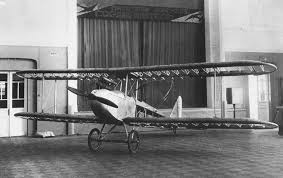
A 50 liter gas tank was placed in the center section of the upper wing, and fuel was fed into the engine by gravity. Oil was fed directly from the crankcase. The two hoods covering the lower part of the cylinders and the crankcase are stamped out of millimeter aluminum and fixed to the fuselage with steel studs. Controls and instruments were located only in the rear cockpit. The control is cable-operated; steel balancers without rollers are installed in the places of bends. The aircraft was very easy to control.
Wingspan, m 8.80
Aircraft length, m 6.99
Aircraft height, m 2.65
Wing area, m2 18.70
Empty weight, kg 335.0
Max. take-off weight, kg 535.0
Engine 1 x Cirrus Power, hp 60.0
Maximum speed, km/h 150.0
Cruising speed, km/h 120.0
Range normal, km 500.0
Range with add. tank, km 1000.0
Ceiling, m 3850.0
Crew, people 2
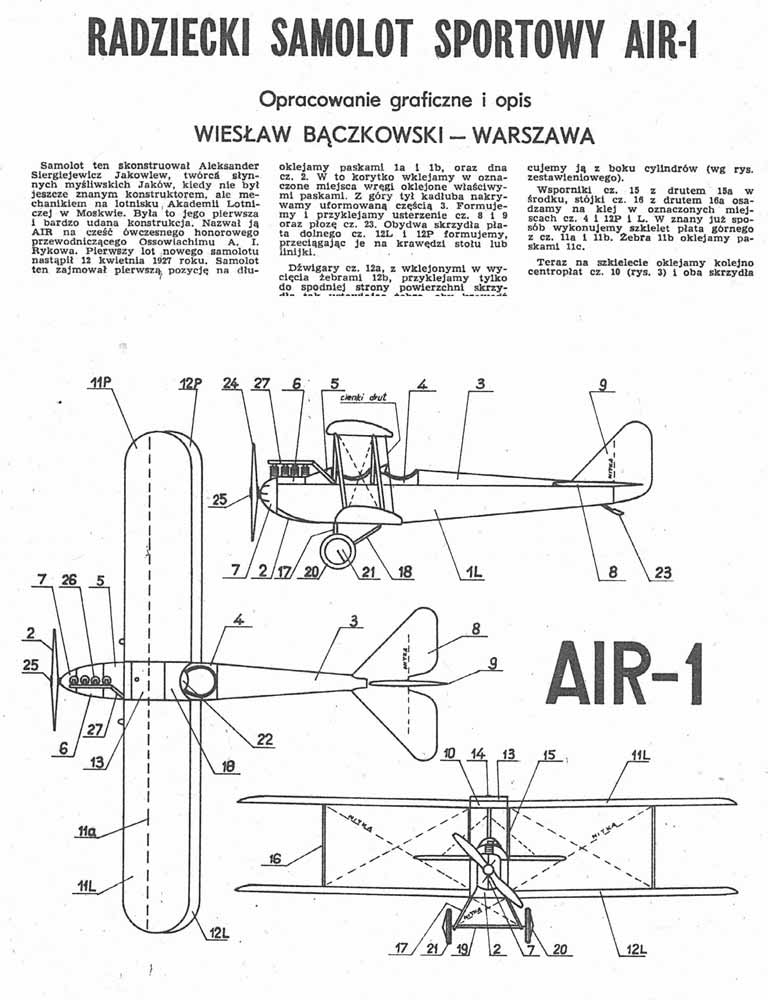
Model
This model is more than forty years old. It was compiled from the legendary Maly Modelarz magazine. She went through the “storms of life” and many children’s hands. A little more and the model will become a rarity … 🙂

